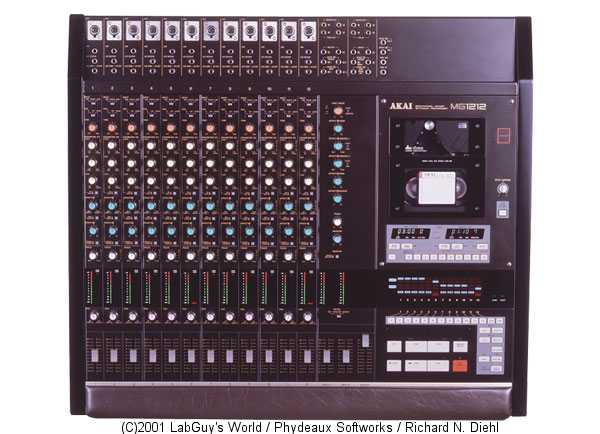Lance Lawson
New member
After having acquired about 100 gigabites of my own recordings done on SONAR I decided to revisit tape. Its been a VERY sonically worthwhile exploration.
Around the same time as I recommissioned my TEAC rtr I happened onto a SONY N-60 HiFi stereo VCR deck. The sound quality of the SONY is little short of amazing. I've been sampling in real time recordings I put on the SONY off of SONAR and switching back and forth live from SONAR to playback from the SONY. There is precious little difference between the two and the SONY my even be able to edge out the TEAC.
I got to thinking if it would be possible to create a new generation of multitrack tape recorders utilizing the VHS cassette running in a dedicated audio only recording device. It would be a kind of big brother to the old Tascam Porta Studios but with the advantage of the superior sonic capabilities of VHS as well as the less wow and flutter prone nature of the VHS drive. The devices could also run a a faster than SP VHS which would further enhance the sound.
Anybody know why such a device as described couldn't be done with 8 tracks?
Around the same time as I recommissioned my TEAC rtr I happened onto a SONY N-60 HiFi stereo VCR deck. The sound quality of the SONY is little short of amazing. I've been sampling in real time recordings I put on the SONY off of SONAR and switching back and forth live from SONAR to playback from the SONY. There is precious little difference between the two and the SONY my even be able to edge out the TEAC.
I got to thinking if it would be possible to create a new generation of multitrack tape recorders utilizing the VHS cassette running in a dedicated audio only recording device. It would be a kind of big brother to the old Tascam Porta Studios but with the advantage of the superior sonic capabilities of VHS as well as the less wow and flutter prone nature of the VHS drive. The devices could also run a a faster than SP VHS which would further enhance the sound.
Anybody know why such a device as described couldn't be done with 8 tracks?




